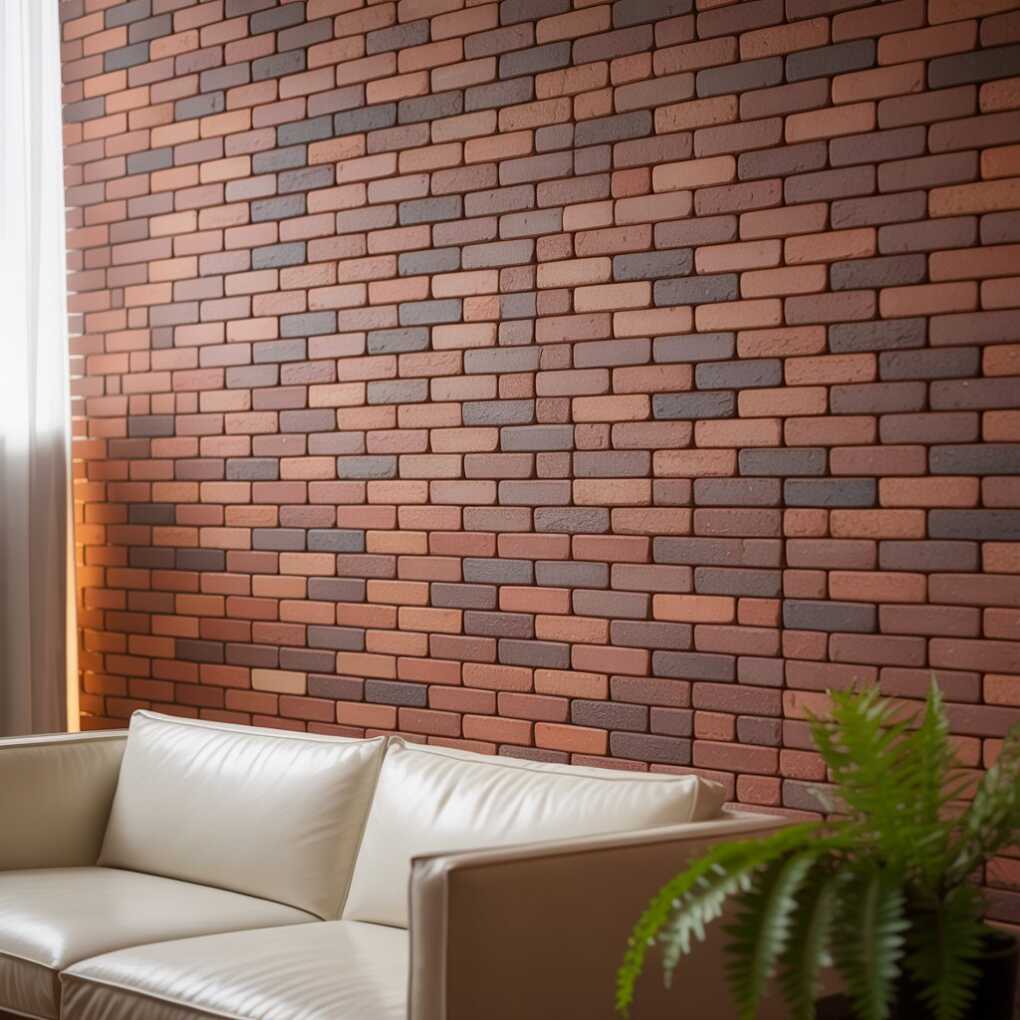A beautiful home begins with walls that reflect personality and comfort. Many people focus on furniture and color, but forget the importance of surface texture. Walls can completely transform how a space feels. A single material, used wisely, can make a room feel cozy, rustic, or modern.
Brick veneer adds warmth and character without the heavy structure of full brick. It suits nearly every design theme, from traditional to contemporary. To make the most of it, you need to understand how to choose the right type, quality, and finish.
This guide breaks down the essentials to help you pick materials that look great, last long, and feel perfectly at home in your space.

Understand What Brick Veneer Is
Brick veneer is made of thin pieces of real or molded brick that are placed on walls for decorative purposes. It provides the same look and feel of real masonry but is lighter and easier to install. Many homeowners prefer it for its flexibility and cost efficiency.
Unlike full bricks, veneers don’t carry structural weight. They simply attach to surfaces with adhesive or mortar. Imagine transforming a dull living room into a textured feature wall without completely rebuilding it. That’s the magic of veneer.
Designers love it because it fits nearly every space — from modern apartments to cozy cottages. Whether you want a rustic touch or a clean industrial finish, it offers endless creative options.
Importance of the Right Brick Veneer Provider
Every beautiful wall begins with reliable materials and trusted guidance. Consistency in color, size, and surface quality can make or break the final look. Even small variations can stand out once the wall is complete.
Many homeowners explore professional suppliers such as Brick My Walls to find materials that match their vision. Working with experienced providers helps ensure that every piece aligns perfectly with your design plan. A reliable expert can also guide you on the right finish, adhesive, and layout style based on your home’s theme.
For instance, a warm-toned veneer may look perfect in a farmhouse setting, while lighter shades can make compact urban spaces feel open and modern. It’s also smart to request samples before ordering, as lighting can alter the appearance of colors indoors. Providers who care about quality help you plan better and achieve results that last for years.
Key Factors to Consider
After selecting a reliable provider, it’s time to focus on design choices. The right brick veneer depends on your room’s style, purpose, and the atmosphere you want to create.
1. Material Type
Most veneers fall into two main categories: clay-based or cement-based.
- Clay veneers have a natural color tone and slightly uneven texture. They’re ideal for creating warmth and old-world charm.
- Cement veneers give a smoother and more modern finish. They’re strong and consistent in appearance.
Think about where you’ll install it. A living room may benefit from clay’s cozy texture, while a modern studio could look better with cement’s sleek tone.
2. Color and Finish
Color can change the entire mood of a space. Light shades open up small rooms, while darker tones add depth and contrast.
Popular finishes include:
- Reclaimed or antique for vintage appeal
- Matte for subtle elegance
- Smooth or polished for a refined look
Try pairing earthy reds or tans with wooden accents for a warm feel. For industrial or minimalist homes, gray or white tones blend beautifully with metal or concrete details.
3. Texture and Pattern
Surface texture affects how light interacts with your walls. Rough surfaces reflect less light, creating a rustic, grounded look. Smooth surfaces give a refined and contemporary feel.
Patterns also influence perception. Running bond layouts offer a classic feel, while herringbone or stacked patterns add creative flair. Think about what story you want your wall to tell. Does it feel vintage, bold, or calm?
4. Room Function
Different spaces require different finishes. A kitchen backsplash needs sealed veneer to resist moisture and stains. In living areas, matte surfaces create warmth without glare.
Here are a few pairing ideas:
- Kitchen: Use sealed veneer behind open shelves
- Bedroom: create a cozy headboard wall with neutral tones
- Bathroom: choose moisture-resistant materials with a soft finish
Selecting the right match ensures your design stays beautiful and practical.
Conclusion
The perfect wall surface balances beauty and function. Choosing the right veneer means understanding the material, finding a dependable provider, and matching the design to your space. Each brick adds a story, texture, and warmth that paint alone cannot achieve. With thoughtful planning and expert guidance, your walls can turn from plain to captivating, creating a home that feels timeless and full of character.
